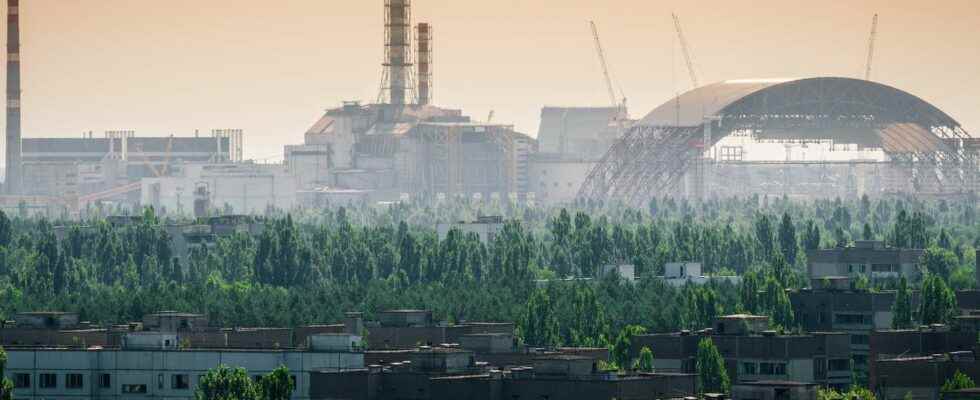You will also be interested
[EN VIDÉO] Return to Chernobyl 30 years after the disaster In 1986, the Chernobyl reactor in Ukraine, then in the USSR, suffered an unprecedented accident. During an exercise, the power of reactor no. 4 increased until it caused an explosion. The Discovery Science channel returns to this tragedy in a documentary broadcast this Tuesday, April 26, 2016, at 7:50 p.m., and of which here is an excerpt.
That was almost 36 years ago now. April 26, 1986 was the worst nuclear accident that we have never known. Reactor number 4 of the nuclear plant of Chernobyl was racing, leading to the explosion of the entire reactor building, and the release of a gigantic amount of radioactive particles. The rest, we all know it. Thousands of people evacuated, dozens of dead, and a high amount of cancer and other health consequences of radiation exposure.
Since then, the site has been locked up, the radioactive elements buried or covered, then stored, and the town of Prypiat and its surroundings have become a exclusion zone. In all, more than 2,600 square kilometers have been abandoned by all human activity. Only a few industrial sectors remained, mainly to control and study the evolution of the radioactivity of the area and the wildlife and flora that have re-established themselves there over the years.
In 30 years, the city of Prypiat has gone from a desolate place to a tourist resort
As the level of radioactivity has fallen since the disaster, the Chernobyl sightseeing tours have been authorized since 2011, accompanied by Geiger counters in order to continuously monitor theradioactive exposure. Because the dose received, expressed in sievert or microsievert (symbol μSv), reaches on most of the site only two to three times the so-called “normal” exposure, therefore is around 1 μSv per hour. Remember that the average dose we receive per year is around 4.5 millisieverts, and includes exposure to natural radioactivity, therefore mainly cosmic and telluric rays, but also artificial ones, such as during a x-ray from lungs.
In Chernobyl, everything is different, because radioactivity is stored throughout the plant site, including in the vegetation. Thus, depending on the vagaries of the weather, the quantity of radioactivity released into the environment varies. Moreover, on some hot spots, the level of radioactivity can climb up to 1,000 times the normal level; hence the interest of Geiger counters when tourists venture on site, because caution is essential.
On February 24, Russian forces took control of the Chernobyl power plant. © USA Today
Since the invasion of Russia, some systems no longer work
When the Russians invaded the plant and took control of the reactors which are still under surveillance, panic set in: the world feared an intentional release of the radioactivity contained so far. High levels of radiation were measured a few days after the invasion, probably due to dust stirred up by Russian military vehicles.
Today, even if control has been resumed since the departure of the Russian troops on March 31, certain malfunctions remain, and not the least: those of the radioactivity measuring devices. Thus, no information has been received on the doses released since February 24, 2022.
So how to fix it? According to the authorities, the only solution is to wait for the electricity to return. In the meantime, the Iaea (International Atomic Energy Agency) uses data from other Ukrainian reactors: by cross-checking the measurements from each site, it is possible to deduce the amount of radioactivity from Chernobyl. Indeed, according to their communicated“ safety systems remain operational in the four Ukrainian nuclear power plants and they also continue to have off-site power supply “.
Interested in what you just read?
